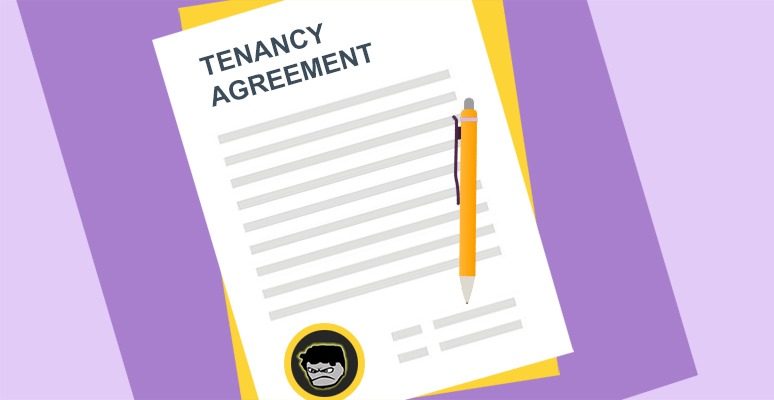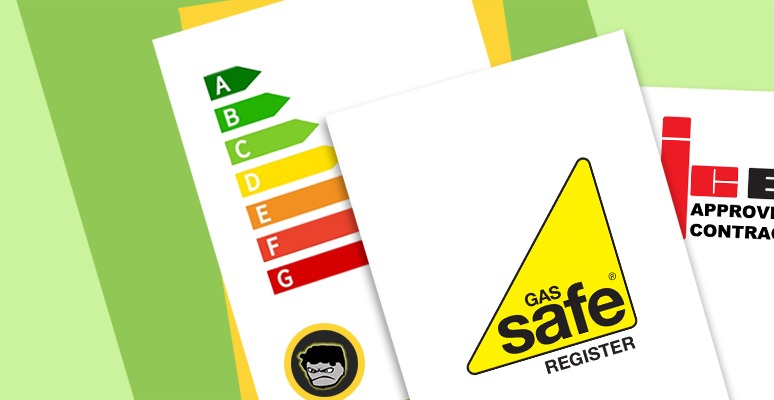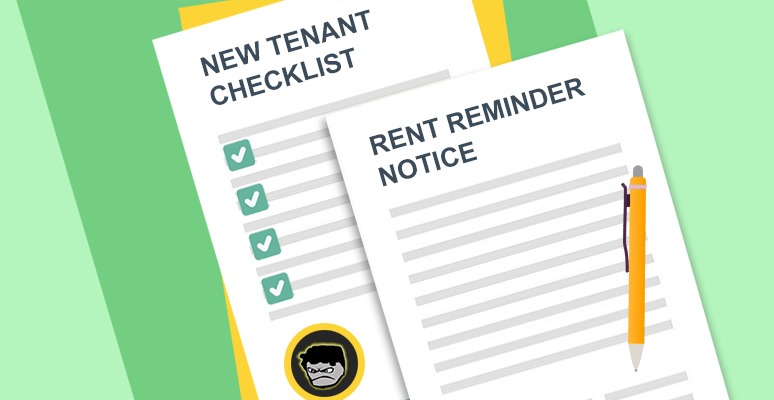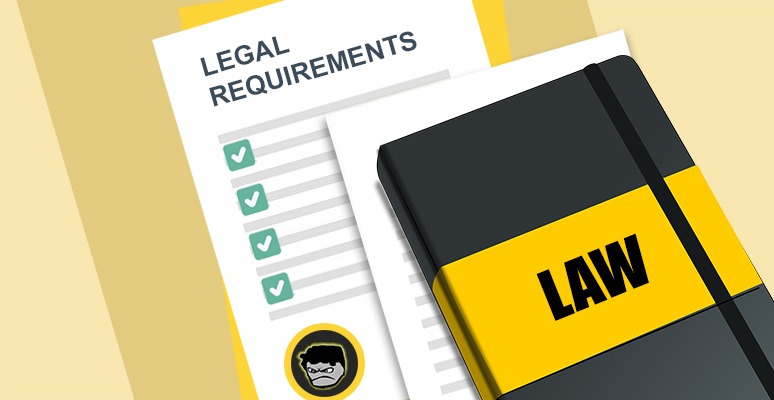
Being a prominent property/landlord blogger naturally means – for my sins – I’m often bogged down with industry news and trends.
The litany of crap that comes across my desk varies in range, from the mundane “house price predictions” (that are rarely ever accurate) to the ridiculously obscure, like this chap trying to flog his home at a £200k discount, but with the condition of him remaining in the property, just like part of the furniture. That’s not weird at all.
We’re not going quite that far off the wall today. But I must admit, I was rather surprised to discover how many UK homeowners are facing difficulties selling (and remortgaging) their homes because they’ve applied spray foam insulation in their loft! I knew it was a problem, I just didn’t appreciate the scale of it.
If you’re reading this blog post because you’re facing issues selling your home because of improper foam insulation… here are a few options!
Why is it difficult to sell or remortgage properties with spray foam insulation?
Applying spray polyurethane foam in lofts has been a popular alternative to traditional insulation materials such as fibreglass or cellulose over the recent years for many UK homeowners, in a bid to improve home energy efficiency and combat the unfathomable energy bill crisis (seriously, WTF is going on with that?).
Foam insulation can be highly effective when installed correctly and under the right circumstances. However, the problem is that the industry is unregulated and it’s resulted in a lot of donkeys & cowboys and cowboys & donkeys incorrectly installing the material, compromising the structural integrity of thousands of lofts/roofs all over the nation. This has had a big impact on houses being appraised lower than the market value and creating financing difficulties with lenders.
Basically, when surveyors assess these bodge-jobs as part of a sales or remortgaging process, they get flagged quicker than a butt-hole full of crystal-meth at Heathrow airport, resulting in lenders quickly backing away from the negotiating table.
This is an onslaught of added insults to an injury, because foam insulation is generally more expensive than fibreglass or cellulose to install in the first place (so you’d expect it to add value, not rip a new one).
Lenders have been vocal about the dilemma, and their position seems to be fall into one of two camps:
- Lenders that completely avoid properties with any type of spray foam, period.
- Lenders that will assess each case and will provide finance if all the correct paperwork is in place and the foam has been sprayed correctly (more about the “correct paperwork” further down).
What’s the solution? How do you sell a house with foam insulation in the loft?
Fair warning: since this is not an ideal situation, common sense should have prepared you for the fact that there is no ideal solution, so hopefully my solutions won’t make you want to throw yourself off a balcony.
1) Get the issue resolved
Get the issue resolved by a reputable firm. Needless to say, this can be a painfully expensive process (largely depending on how much of a cowboy your original installer was).
When I spoke to someone in the biz they told me, “The cost of removing spray foam insulation can range from several thousand to tens of thousands. A big concern is the damage done to the roof and rafters when it’s removed, and this could lead to the property needing a new roof altogether.”
So basically, the cost to remove the foam altogether or to properly re-foam won’t be entirely understood until it’s entirely removed and damages can be assessed.
From what I’ve been told, the surveys/assessments alone can cost a few thousand nuggets. I think I need to lay down.
Not ideal.
(despite my fair warning, I’m going to keep saying every solution is “not ideal” so no one actually gets the impression that I’m chuffed by my suggestions).
2) Sell to a private cash buyer
Find a private cash buyer to purchase the property (so a mortgage/loan isn’t required to proceed with the sale). Obviously this is easier said than done – most people in the market aren’t cash buyers, and the pool becomes even smaller when you’re looking for one that is willing to buy a property that potentially requires serious renovation with an unknown cost of repair.
If you’re not in any immediate rush, you could try putting your property on the open market with a “cash buyer only” condition via your local estate agent or through an Online Estate Agent. Maybe you’ll get a biter.
Needless to say, you’ll need to be completely transparent about your pickle and sell at a discount.
Sigh. Very not ideal.
3) Sell your house to a “cash buyer company”
Sell your house directly to a Cash Buyer Company that specialises in purchasing “distressed properties”
Objectively, this seems like the easiest and quickest solution, and the one that makes the most sense (especially for anyone that wants to put an end to this misery ASAP).
Admittedly, this option can be a tough pill to swallow, and that’s because these companies will not only offset the cost to repair the damage against the sale price, but they will also expect a discount for your property (that’s their business model and how they make money).
However, using a cash buyer company is a popular solution, because they will buy your property in as-is condition for cash, complete within as little as 7 days in some cases, and handle all the legal paperwork.
While you might get more money selling to a private cash buyer (my option 2), you’ll almost certainly sell it quicker selling to a company. So evaluating Time Vs Money is always worthwhile (especially during a turbulent and declining property market).
I spoke to my faithful contact at My Homebuyers for further insight, and his view is:
We will always look at each property on a case-by-case basis and make the best cash offer that we can, taking everything into consideration. We will happily buy properties with loft spray insulation, but homeowners need to be clear and transparent from the outset as this will be factored into the formal offer made.
From my experience, people who decide to use cash buyer companies use them because they’re willing to sell for below market value to make their problem go away quickly so they can move on with their lives. For that reason, their services have become incredibly popular in difficult situations like this. So at the very least, it might be worth talking to a few of them and seeing how much they’d be willing to pay for snatching your problem child out of your clammy hands.
Here’s an overview of My Homebuyers cash buyer service (just so get a better idea of what it is I’m actually talking about):
| Service | Rating | Features | Offers (up to) | |
|---|---|---|---|---|
My Homebuyers | Rating TrustPilot Reviews | Features
| Offers (up to) 80-85%of Market Value | Get cash offer |
For more information on these companies and how they operate, feel free to jump over to my guide on Cash Buyer Companies.
Guess what? Okay, I won’t say it.
Just messing.
It’s not ideal, I know.
How do I know if my loft has been properly insulated with foam?
As mentioned, not all mortgage lenders consider foam insulation as the anti-Christ as long as the works done properly.
If your home was suitable for foam insulation and was applied by a professional you should have all the paperwork to prove it:
- Full pre-survey suitability report which tells what condition your roof and timbers were in before the foam was sprayed;
- Condensation risk assessment (also known as a hygrothermal evaluation);
- An independent test certificate such as British Board of Agrément or Kiwa certification explaining the type of foam and how it should be sprayed;
- Details of the installation company and its credentials;
- Installation guarantee.
While that should appease those lenders that don’t point-blank refuse foam insulation, it’s worth noting that each lender works differently and may have a different set of requirements, and there is no guarantee that even with all the correct paperwork they’ll be willing to lend against your property. I think most of them will also, quite sensibly, rely heavily on the survey feedback.
Sorry if you’re stuck in this predicament, I imagine it sucks-balls!
I know I don’t have the perfect solution (because there isn’t one), but hopefully I’ve offered some food for thought.
Best of luck xo
Disclaimer: I'm just a landlord blogger; I'm 100% not qualified to give legal or financial advice. I'm a doofus. Any information I share is my unqualified opinion, and should never be construed as professional legal or financial advice. You should definitely get advice from a qualified professional for any legal or financial matters. For more information, please read my full disclaimer.


 Landlord Products / Services
Landlord Products / Services






















